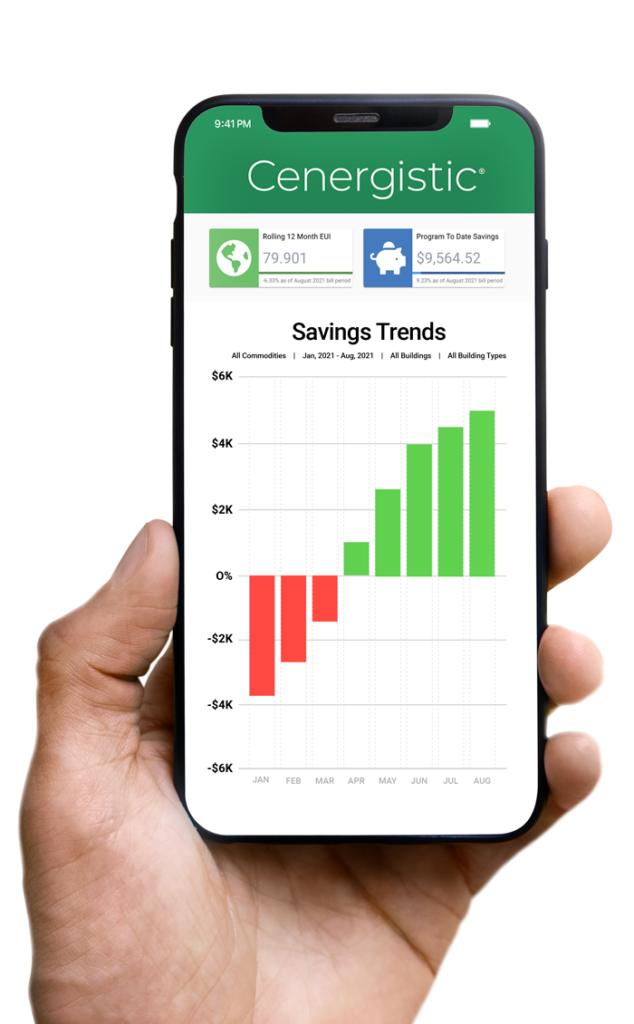Cenergistic Recognizes HPU for Energy Efficiency on Campus
June 21, 2022

Cenergistic, a national firm that helps clients plan and implement a comprehensive energy program focusing on the best practices for operating healthier, more efficient buildings, recognized HPU with an award to honor this achievement.
“Surpassing a milestone of $5 million in savings speaks volumes about the impact of the program in terms of cost savings by the university and our commitment to sustainability,” says Troy Thompson, assistant vice president of facility operations. “The efforts by our students, faculty and staff, along with the day-to-day oversight of the Cenergistic team show the value of our partnership and the tremendous outcomes we can all contribute on a daily basis.”
The focus on conservation reflects HPU’s partnership with Cenergistic. Savings are generated from optimizing HPU’s systems and schedules, including heating, ventilation and air conditioning equipment; food service equipment; athletic facilities; irrigation; natatoriums; auditoriums; classrooms; offices and wherever energy is consumed.
The effort has decreased HPU’s CO2 emissions by more than 27,000 metric tons, the equivalent of the greenhouse gasses emitted for an entire year by more than 3,200 average homes or driving an average vehicle more than 68 million miles. The environmental and financial savings have been commended by Cenergistic.
“Passing the $5 million mark is a significant milestone,” says Dr. William S. Spears, founder and chairman of Cenergistic. “High Point University has achieved this level of success by consistently implementing our healthier, more efficient buildings approach to energy conservation and maintaining productive efforts at all levels of the organization. The leadership, along with other administration and staff members, are to be commended for clearly fulfilling their commitment to being good stewards of taxpayer dollars and the environment.”
Since 1986, Cenergistic has partnered with 1,500+ educational, municipal government and health care organizations to achieve $6.3 billion in utility savings and cost avoidance.
